A diverse range of composite materials can be formed through the multistep growth of coordination polymers
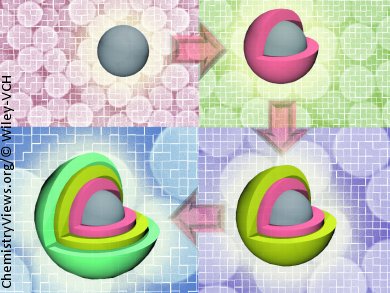

A diverse range of composite materials can be formed through the multistep growth of coordination polymers
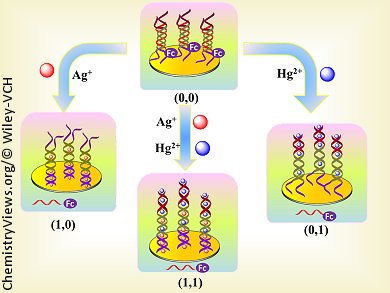
Electronic logic gates made from DNA in conjunction with metal-ion sensing could be used for point-of-care sensing devices
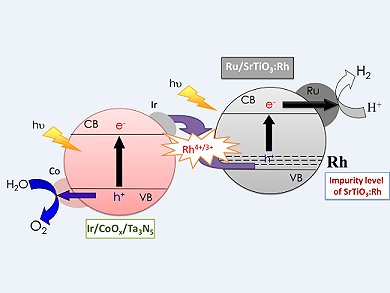
Ta3N5 has been found to act as a photocatalyst for water oxidation under visible light
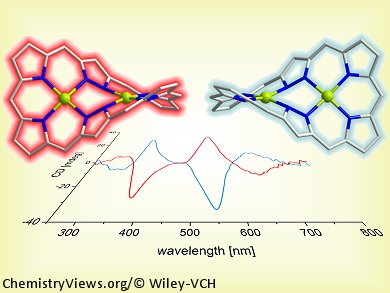
The first pyrazole-based expanded porphyrin has been obtained and found to be highly twisted, implying helical chirality
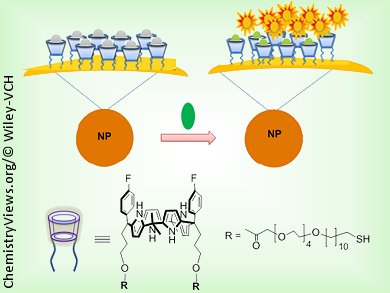
Au nanoparticles decorated with calix[4]pyrroles sense fluoride anions with high selectivity and efficacy in organic media
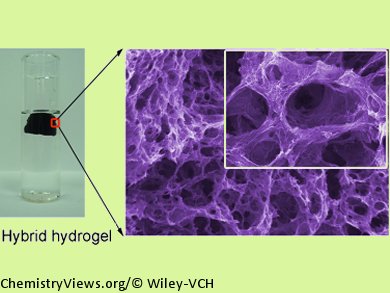
The marriage of graphene and Ni(OH)2 leads to hybrid hydrogels that can act as advanced supercapacitor materials

Competitive host–guest interactions used in a new sensor for organic pollutants
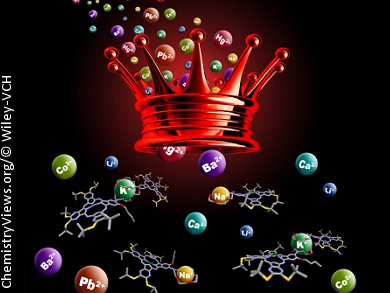
Charge transfer in azaphthalocyanines can be changed by the environment leading to ON/OFF fluorescent states
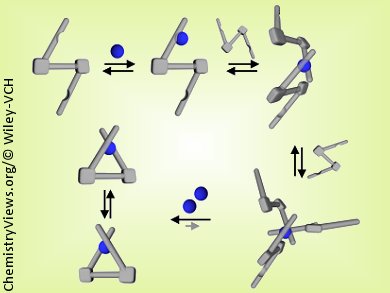
What lies beneath “simple” spectral signatures of C2-symmetric chiral chelates?
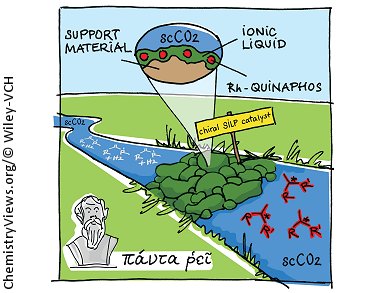
A fully integrated continuous-flow system for asymmetric catalysis is a viable option for the production of chiral fine chemicals